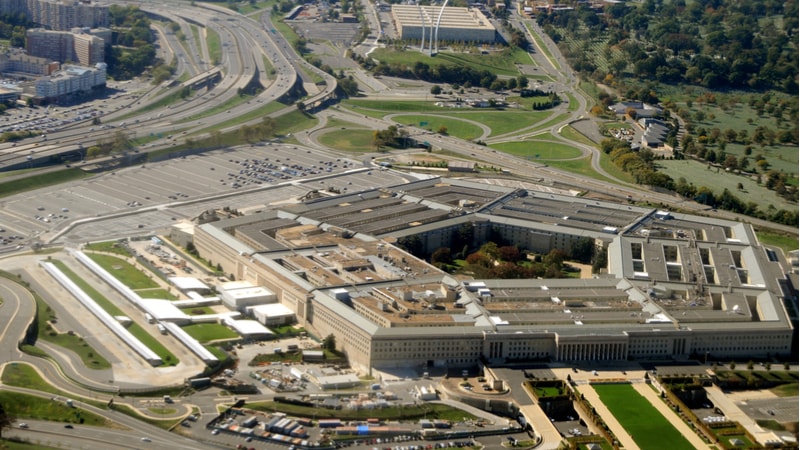
Vice Adm. Richard Correll, President Donald Trump’s nominee to lead U.S. Strategic Command (USSTRATCOM), told lawmakers Thursday that the Pentagon’s ability to test, exercise, and conduct electronic warfare operations remains inadequate, acknowledging persistent shortfalls across training and integration efforts.
If confirmed, Correll would serve at the helm of USSTRATCOM, overseeing the nation’s nuclear and global strike missions as well as the military’s joint electromagnetic spectrum operations. Those efforts are managed through the Joint Electromagnetic Spectrum Operations (JEMSO) Center, established in 2023 to strengthen readiness in the spectrum.
During his confirmation hearing and in written responses to advance policy questions, Correll said that although the Defense Department (DOD) – which the Trump Administration has rebranded as the War Department – has made progress in recent years, it still faces major challenges integrating electronic warfare into operational plans.
He noted that the military’s ability to navigate the electromagnetic spectrum, which was crucial to electronic and cyber operations, has become increasingly constrained at home and abroad.
“We’re not where we need to be, but we’re focused on it and making progress,” Correll said, citing the DOD’s ongoing efforts, including the development of the Electromagnetic Spectrum Superiority Strategy and the doctrinal shift toward the JEMSO, as positive steps.
However, the DOD must move faster to rebuild its capabilities and establish stronger governance over spectrum operations to bring “optimum capabilities to the warfighter,” Correll said.
He further explained that the DOD has yet to fully integrate electronic warfare into its strategies. Although tools such as the Electromagnetic Battle Management–Joint software are improving planning and coordination, he said the DOD must better understand how electromagnetic operations affect all weapons and systems.
Additionally, Correll called for a prioritization of innovative approaches that balance spectrum sharing with the need for reliable, secure military use. He called for continued investment in technologies that enable “advanced spectrum coexistence capabilities,” formerly known as dynamic spectrum sharing.
Correll also said that the Pentagon lacks adequate simulation and exercise capabilities to train for future electronic warfare threats.
Open-air testing, he explained, is limited by the congested nature of the electromagnetic spectrum and interference that often halts testing. Few ranges are available for advanced electromagnetic warfare evaluation, and many have been forced to scale back operations.
“Despite renewed emphasis and efforts to fund and fix such testing, the Department’s simulation capability is still limited,” Correll said, though acknowledging that initiatives such as the Electronic Warfare Infrastructure Improvement Plan are underway to address those shortcomings.
Correll also argued that the department must explore new ways to train forces in contested and complex electromagnetic environments, including the use of live, virtual, and constructive simulation.
